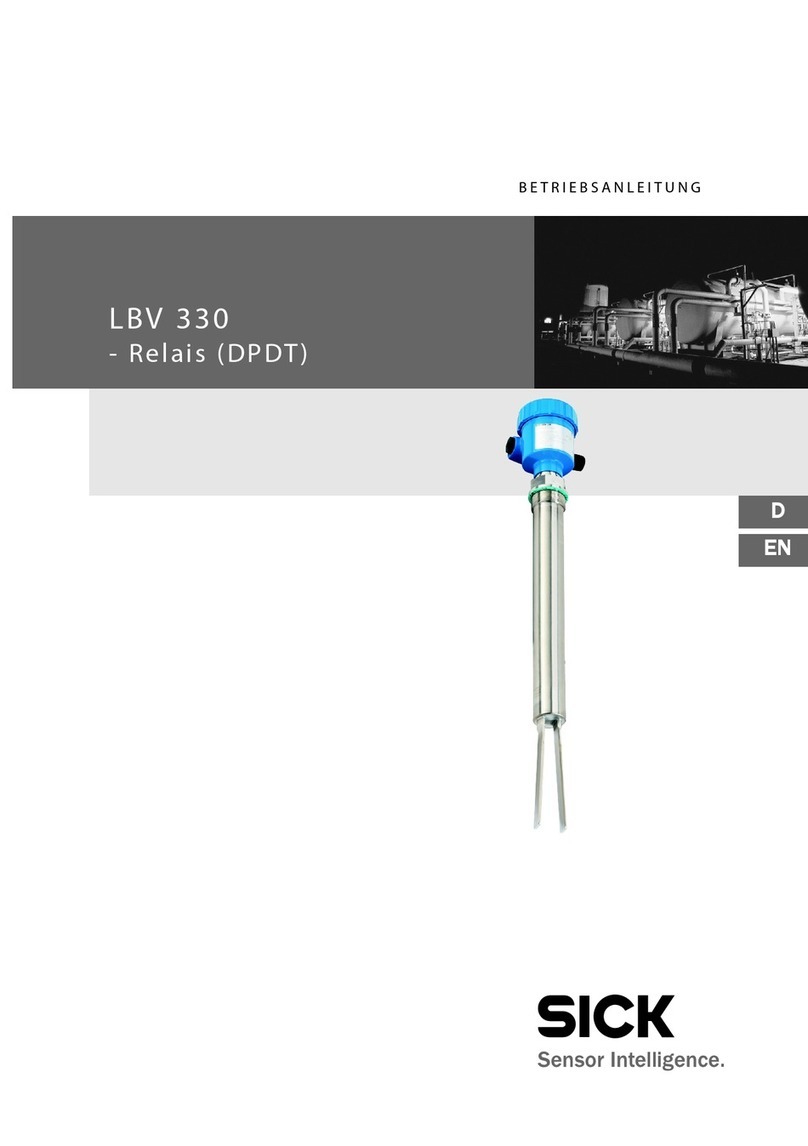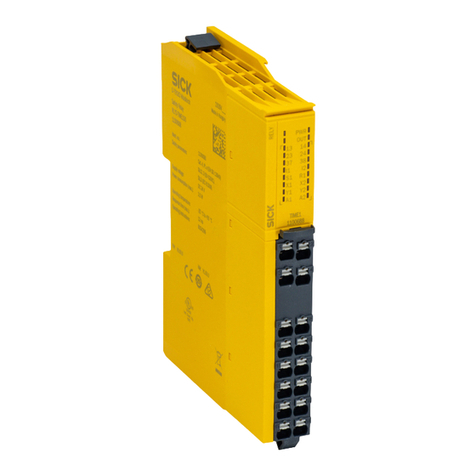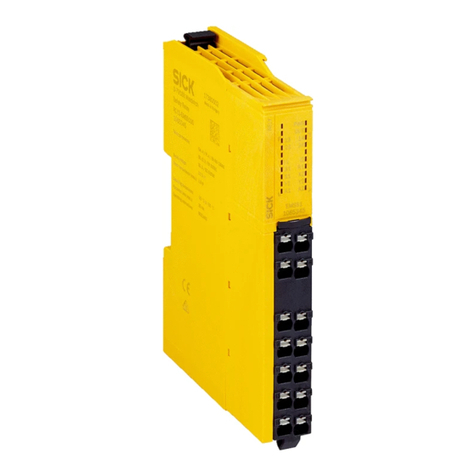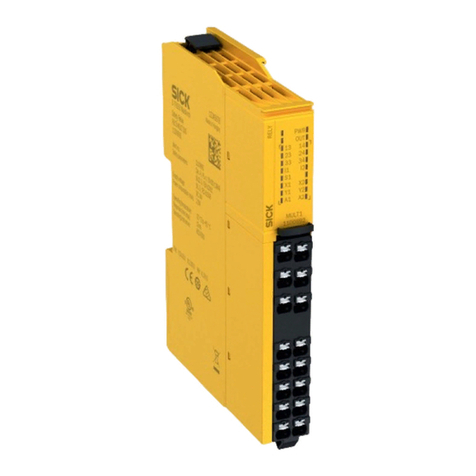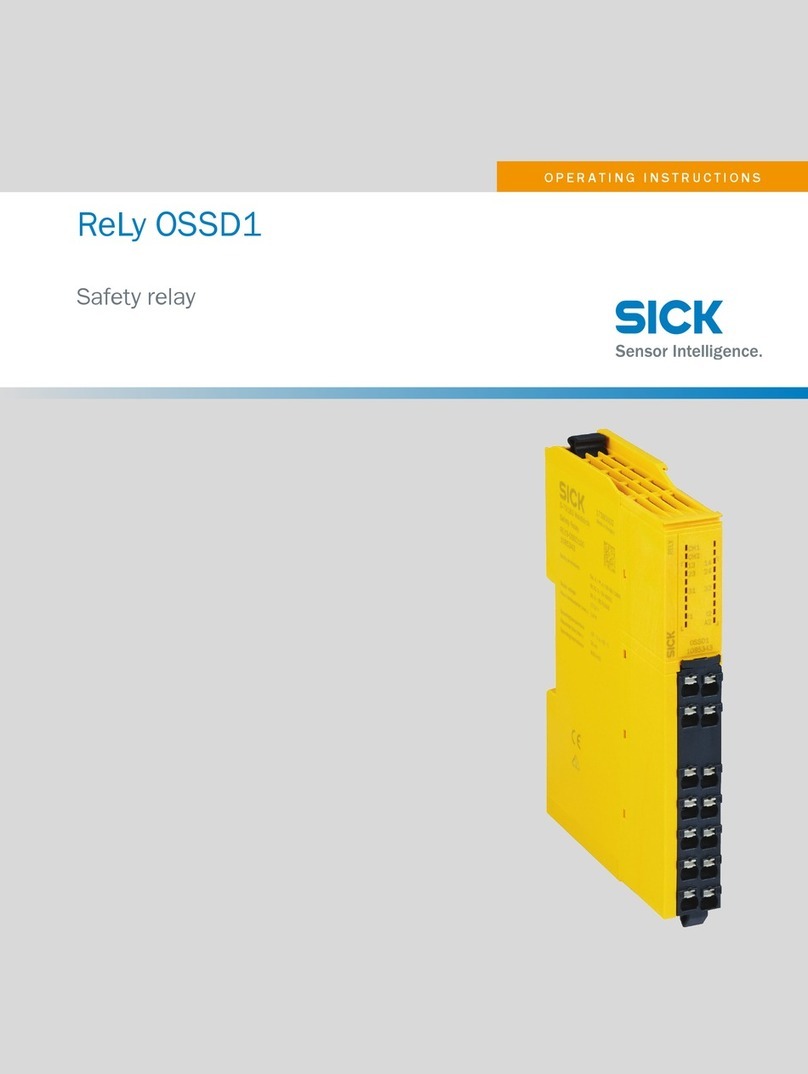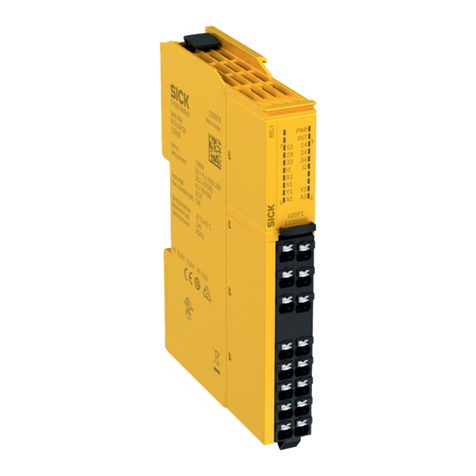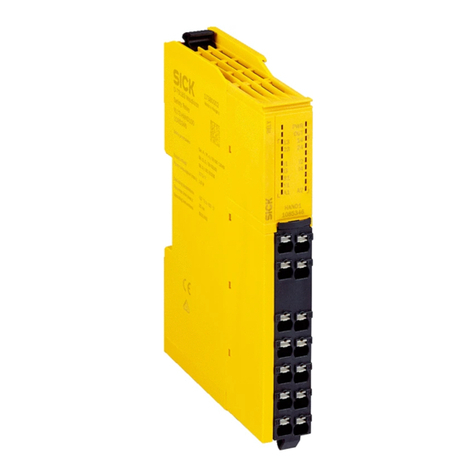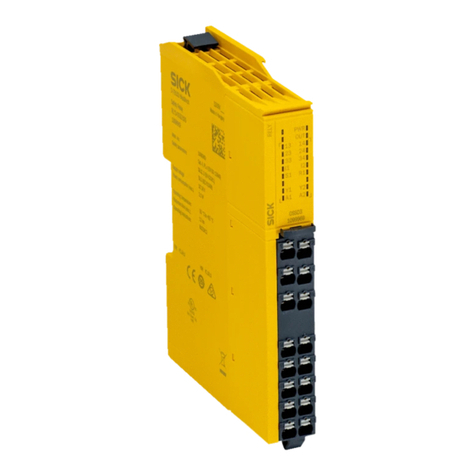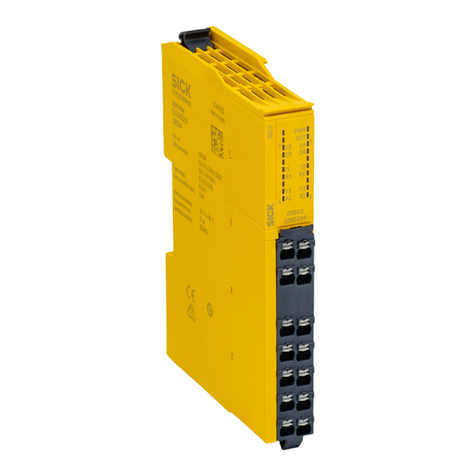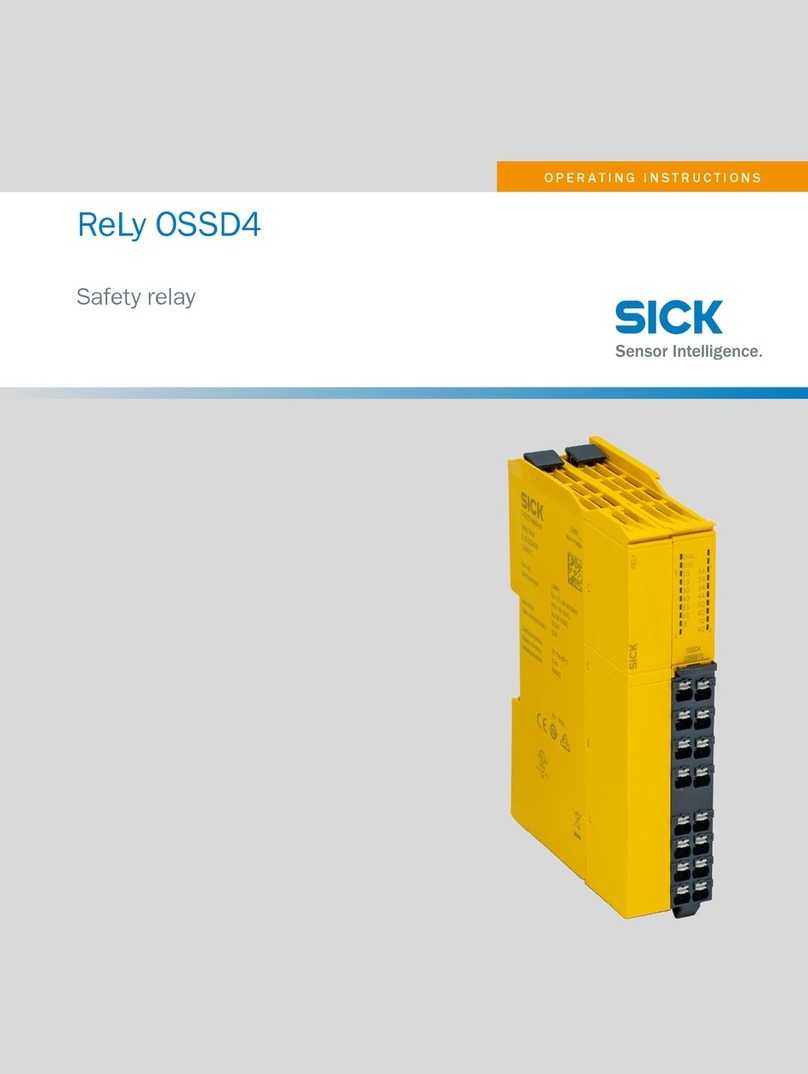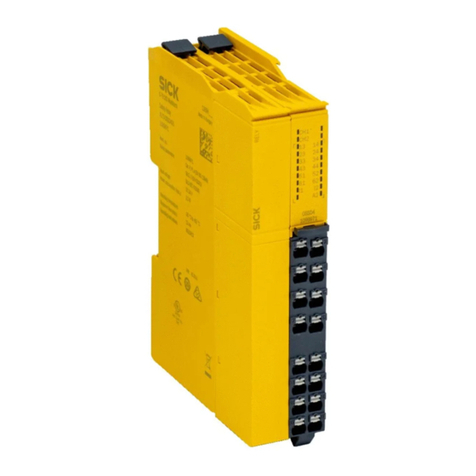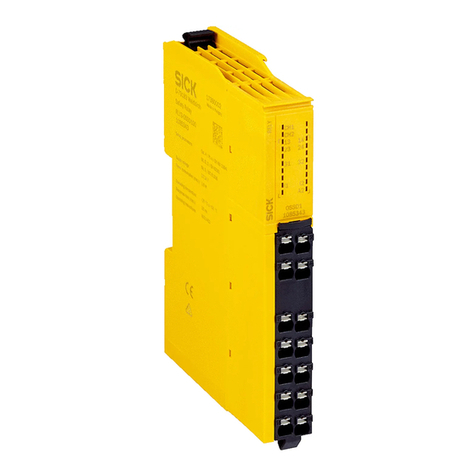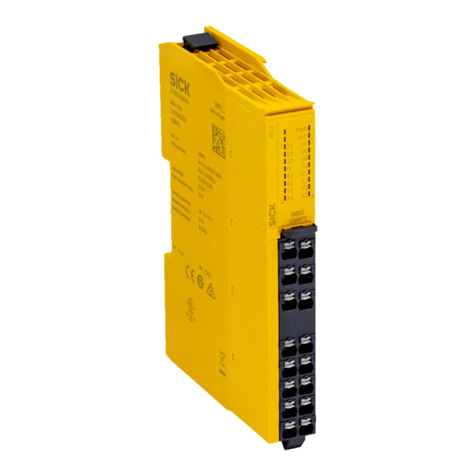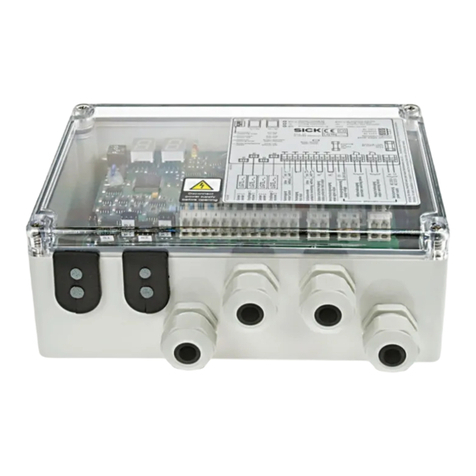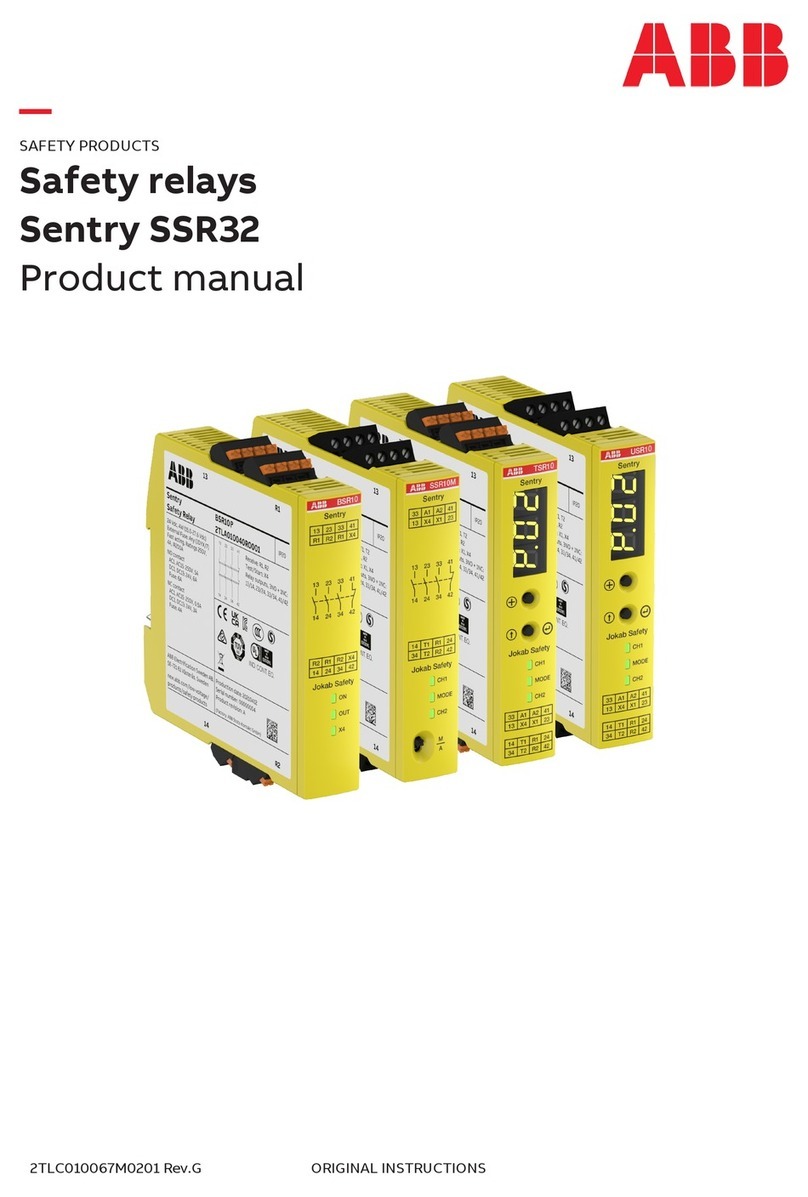
Contents
1 About this document........................................................................ 5
1.1 Purpose of this document........................................................................ 5
1.2 Scope......................................................................................................... 5
1.3 Target groups of these operating instructions........................................ 5
1.4 Additional information.............................................................................. 5
1.5 Symbols and document conventions...................................................... 6
2 Safety information............................................................................ 7
2.1 General safety notes................................................................................ 7
2.2 Intended use............................................................................................. 7
2.3 Inappropriate use..................................................................................... 8
2.4 Requirements for the qualification of personnel.................................... 8
3 Product description........................................................................... 9
3.1 Device overview........................................................................................ 9
3.2 Structure and function............................................................................. 9
3.3 Product characteristics............................................................................ 9
3.3.1 Interfaces................................................................................. 9
3.3.2 Compatible sensor types......................................................... 10
3.3.3 Release-delayed enabling current paths................................ 10
3.3.4 Restart interlock...................................................................... 10
3.3.5 External device monitoring...................................................... 10
3.3.6 Cross-circuit detection............................................................. 10
3.3.7 Status indicators...................................................................... 11
4 Project planning................................................................................ 12
4.1 Manufacturer of the machine.................................................................. 12
4.2 Operating entity of the machine.............................................................. 12
4.3 Design........................................................................................................ 12
4.4 Electrical integration................................................................................. 13
4.4.1 Voltage supply.......................................................................... 13
4.4.2 Enabling current paths............................................................ 14
4.4.3 Application diagnostic output................................................. 14
4.4.4 Restart interlock...................................................................... 15
4.4.5 External device monitoring (EDM).......................................... 15
4.4.6 Connection diagrams.............................................................. 16
4.5 Testing plan............................................................................................... 16
4.5.1 Planning the thorough check during commissioning and in
certain situations..................................................................... 16
4.5.2 Planning the regular thorough check..................................... 17
5 Mounting............................................................................................. 18
5.1 Mounting procedure................................................................................. 18
5.2 Disassembly.............................................................................................. 19
CONTENTS
8024303/1FH0/2022-10-27 | SICK O P E R A T I N G I N S T R U C T I O N S | ReLy TIME1 3
Subject to change without notice
